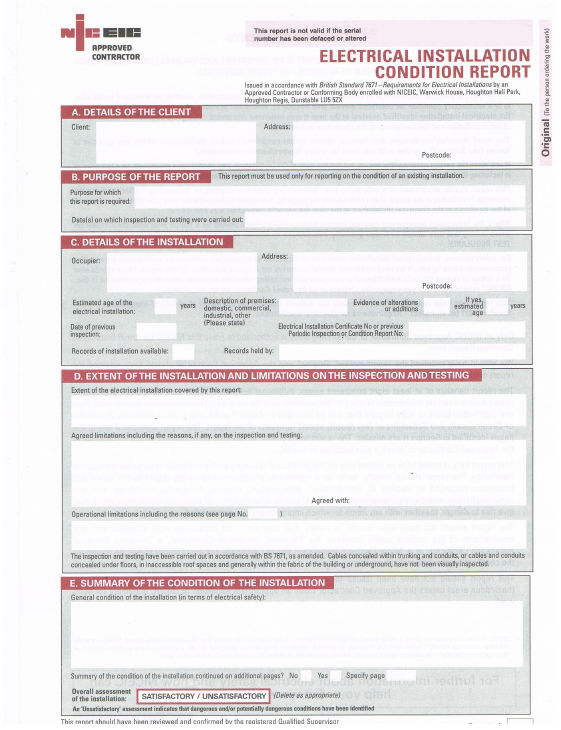
- ADDC REGULATIONS FOR ELECTRICAL INSTALLATIONS PDF FULL
- ADDC REGULATIONS FOR ELECTRICAL INSTALLATIONS PDF CODE
Additional coordination with the structural engineer is needed to avoid footings.


These feeders are often routed underground into the building through the exterior foundation wall via a coordinated opening. If an exterior transformer is used to provide the service to a building, feeders from the transformer enter the building and transition to the main service entrance disconnect, typically a switchgear, switchboard, or panelboard. Engineers will also need to account for the potential exhaust gases and arc flash energy by providing a pathway to expel them and relieve the pressure buildup from inside the switchgear. This equipment will be taller and may have a larger footprint. Using arc-resistant switchgear will also impact space needs. Because the service conductors are usually the largest in the facility, this can have a substantial impact on cost.
ADDC REGULATIONS FOR ELECTRICAL INSTALLATIONS PDF CODE
The service entrance room is typically located on an exterior wall for both code and practical reasons it makes installation easier and minimizes the length of the service entrance conductors. The type of equipment installed will also further determine the room requirements. For example, main equipment rooms have requirements that dictate access to the space from the exterior for servicing, maintenance, and service feeder installation. The main electrical room, or service entrance space, should coordinate with the local electrical utility (refer to NEC Article 230, Services, for additional details pertaining to the installation of service entrance conductors and equipment). The first room type we’ll explore in this article-a main equipment room-has distinctive needs that separate it from distribution spaces or local/branch equipment rooms. For this reason, electrical equipment should be installed in rooms or spaces that are dedicated for that purpose and have controlled access. Access to this equipment is preferably limited to only those deemed qualified to be there.

While installations of equipment greater than 1,000 V generally follow the same principles, some of the specifics vary, requiring additional clearance around the equipment due to the increased hazard that these voltages impose (see Figure 2). However, it’s good practice to avoid having these systems installed in electrical rooms altogether. The area above the dedicated space may contain foreign systems, provided proper protection prevents damage from drips, leaks, or breaks in these systems. No equipment or systems foreign to the electrical installation are allowed in this zone by the NEC. The space should be equal in width and depth to the equipment size and extend from the floor to a height of 6 ft above the equipment (or to a structural ceiling, whichever is lower). The requirement for dedicated space applies primarily to switchgear, switchboards, panelboards, and motor control centers. It’s reserved to provide future access to the electrical equipment, protection of the electrical equipment from foreign systems, and for installing conduit/other raceways supporting incoming and outgoing circuits. For each point of access to a piece of equipment, the minimum working clearances must be provided.ĭedicated space is a zone above the electrical equipment. The style and construction type of the electrical equipment dictates whether only front access is required, or if rear and/or side access also is required. from the floor, or the height of the equipment if greater than 6 ft 6 in.
ADDC REGULATIONS FOR ELECTRICAL INSTALLATIONS PDF FULL
The width should be equal to the width of the equipment and no less than 30 in., while allowing for opening any doors or hinged panels to a full 90 deg.

The higher the voltage of the equipment, the greater the depth of the working space. This includes defining minimum width, depth, and height requirements for the working space, which varies due to voltage and the specific equipment. The working space helps safeguard a clear working zone around all equipment and ensures protection for any workers or occupants within the room. Let’s first define what differentiates working and dedicated space as stated by the NEC (see Figure 1).


 0 kommentar(er)
0 kommentar(er)
